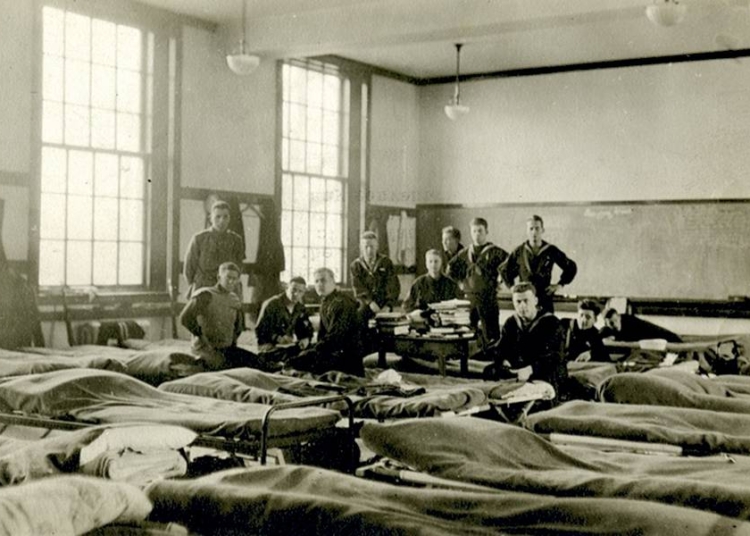This content provides a visual retrospective of World War I, also known as the Great War, which lasted from 1914 to 1918. It covers various aspects of the war, including the outbreak of hostilities triggered by the assassination of Archduke Franz Ferdinand, life in the trenches on the Western Front, technological advancements such as tanks and airplanes, the role of women on the home front, and the devastating aftermath of the war. The content aims to offer a glimpse into the historic events, consequences, and sentiments during this tumultuous period, showcasing the immense human suffering and global impact of the war.
1914-1918: A Visual Retrospective of World War I
Introduction
World War I, also known as the Great War, was a global conflict that lasted from 1914 to 1918. It involved major countries from different parts of the world, resulting in massive casualties and significant socio-political changes. This visual retrospective aims to provide a glimpse into the historic events, devastating consequences, and shifting sentiments during this tumultuous period.
1. The Outbreak of War
The war began on July 28, 1914, with the assassination of Archduke Franz Ferdinand of Austria-Hungary. This triggered a series of territorial disputes and alliances, ultimately leading to an outbreak of hostilities. Here, we see the iconic image of this event: the moment when Gavrilo Princip shot and killed the Archduke and his wife, Sophie.

2. Life in the Trenches
The war quickly turned into a stalemate on the Western Front, where soldiers from both sides dug trenches to protect themselves from enemy fire. The conditions in these trenches were appalling, with soldiers enduring constant bombardment, constant fear, and unsanitary living conditions. This photograph captures the grim reality of life in the trenches.

3. Technological Advancements
World War I saw the introduction of new and deadly technologies. Machine guns, tanks, poison gas, and airplanes became integral parts of warfare. In this image, we see a British Mark IV tank, one of the early armored vehicles used on the battlefield.

4. The Home Front
While the soldiers fought on the front lines, life on the home front also underwent significant changes. Women played a vital role by taking up jobs traditionally held by men, contributing to the war effort. This photograph shows women working in a munitions factory, highlighting their essential contribution to the war.

5. The Aftermath
World War I was one of the deadliest conflicts in history, resulting in millions of casualties. The war also led to political upheavals, including the fall of empires and the redrawing of national borders. This image portrays the devastation caused by the war, with widespread destruction and countless lives lost.

Conclusion
The visual retrospective provided here is a mere snapshot of the vast range of experiences and events that occurred during World War I. It depicts the catalyst for war, life in the trenches, technological advancements, the efforts of those on the home front, and the devastating aftermath. By studying these visuals, we gain a deeper understanding of the immense human suffering and the profound impact that the Great War had on societies around the globe.













